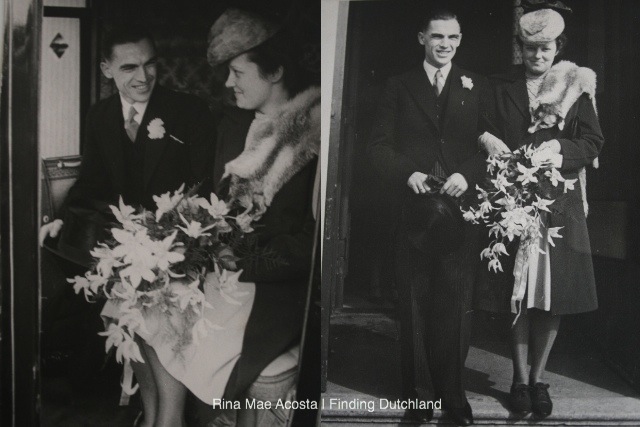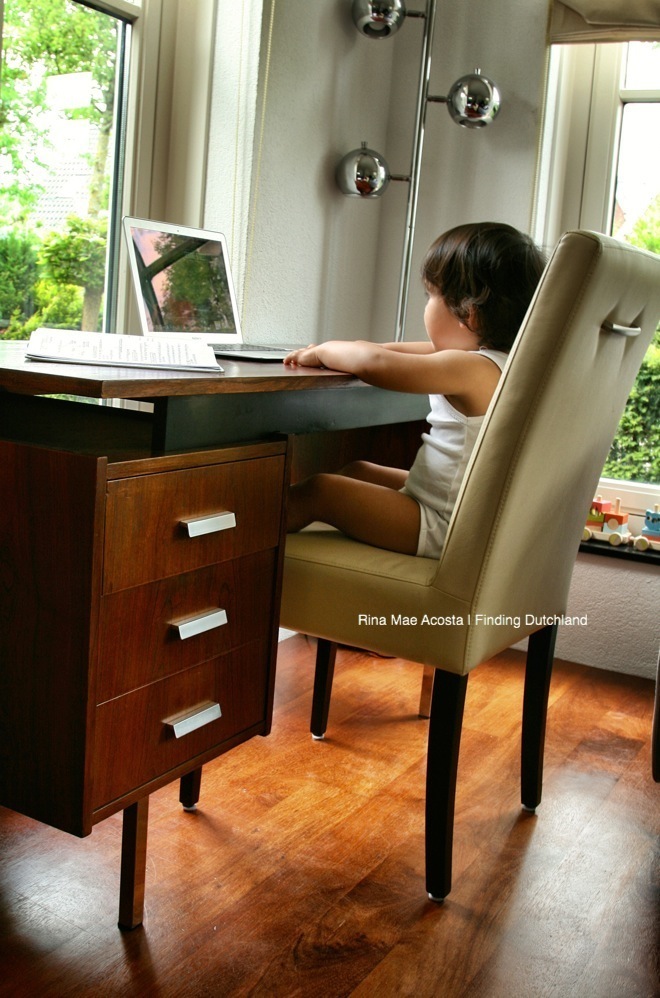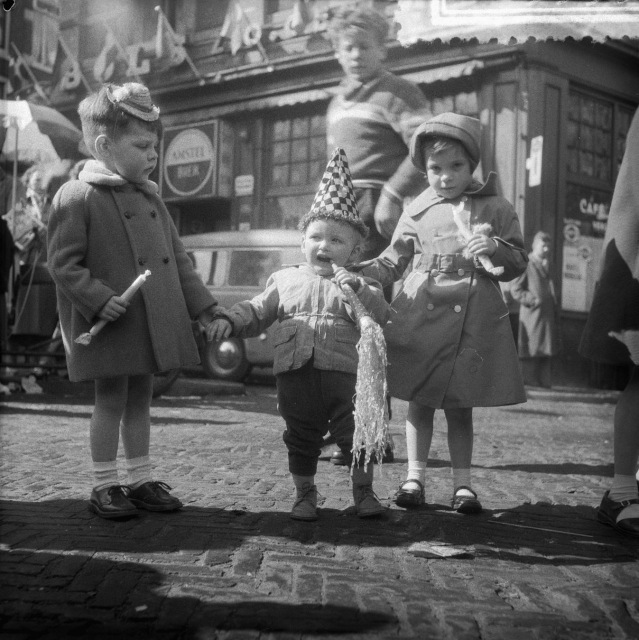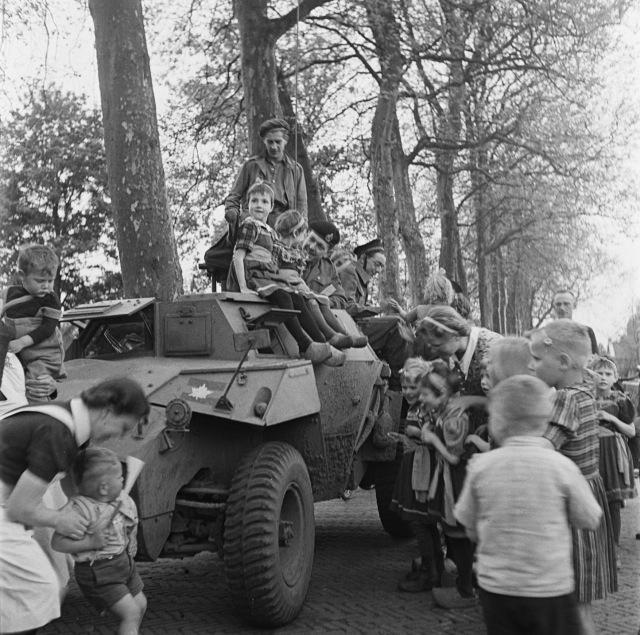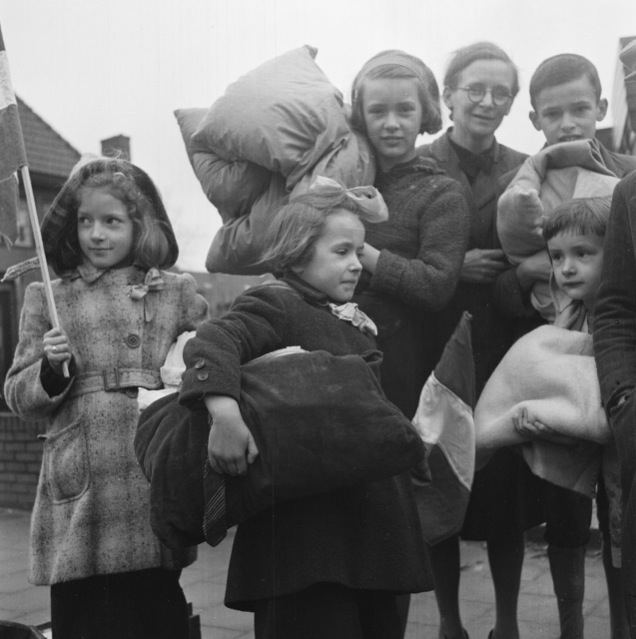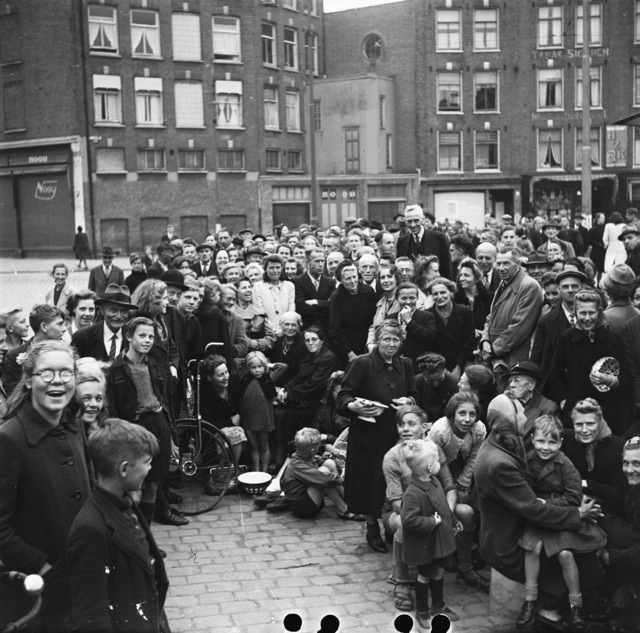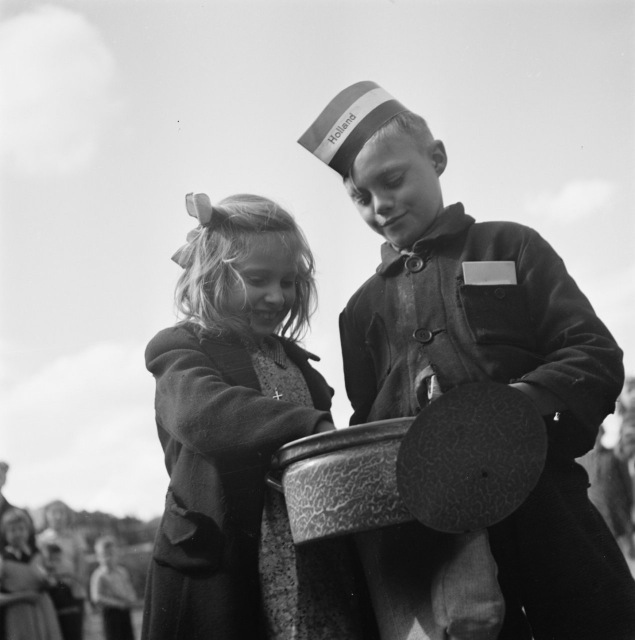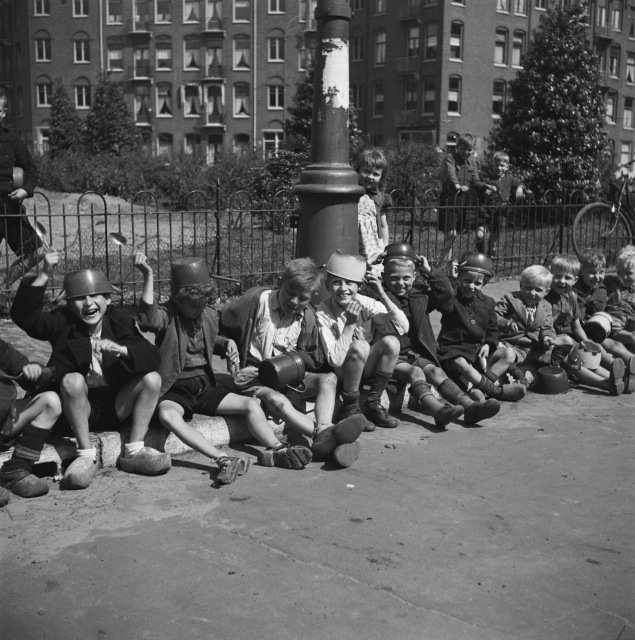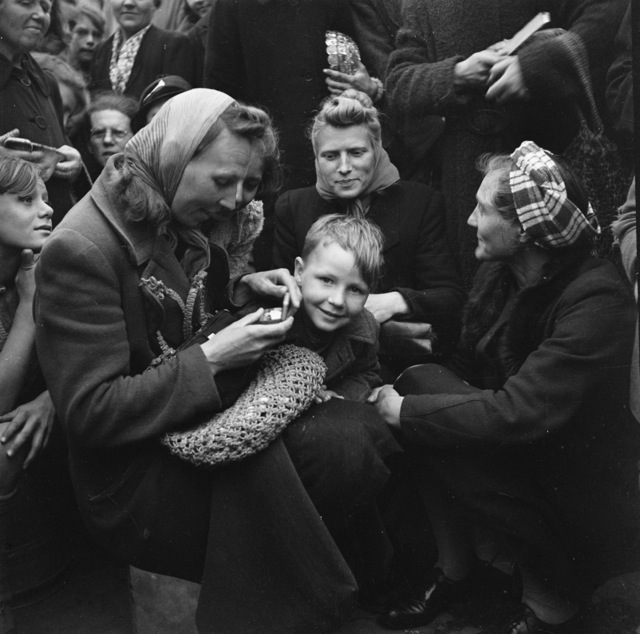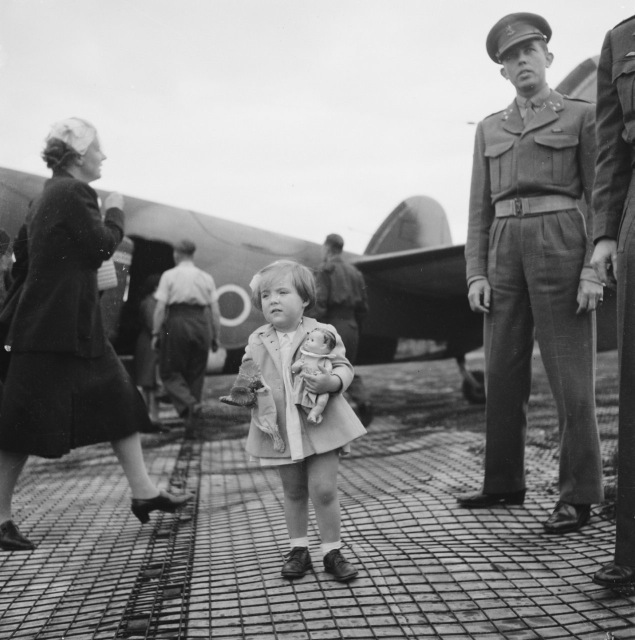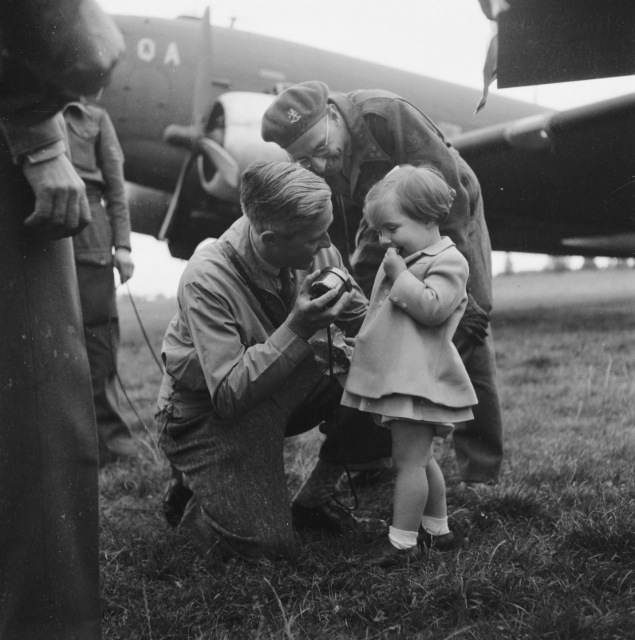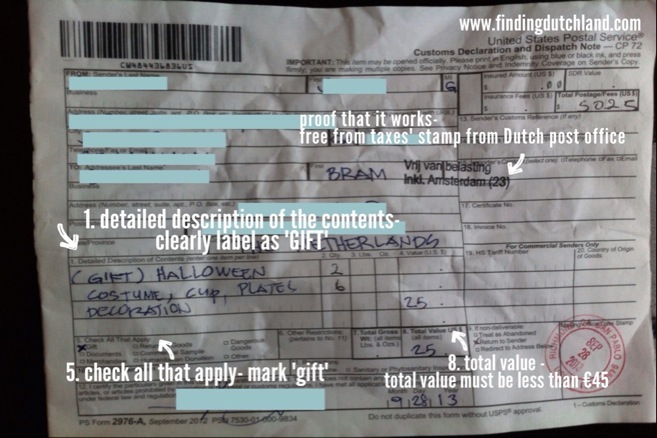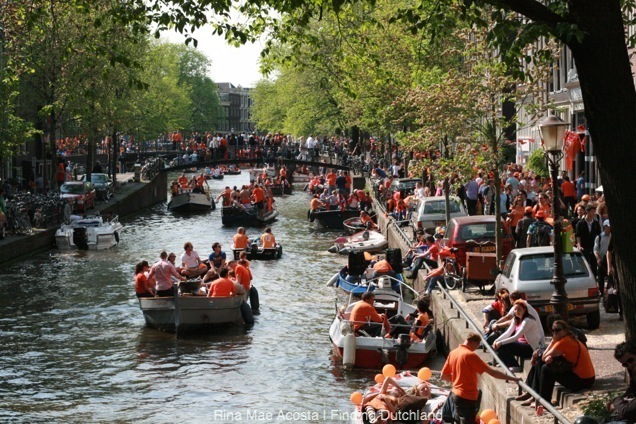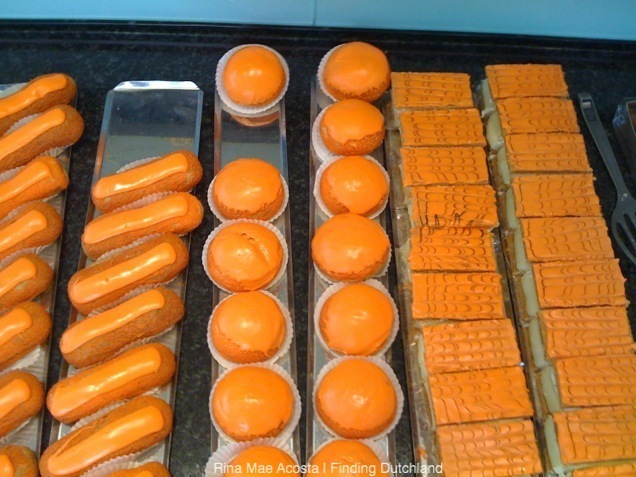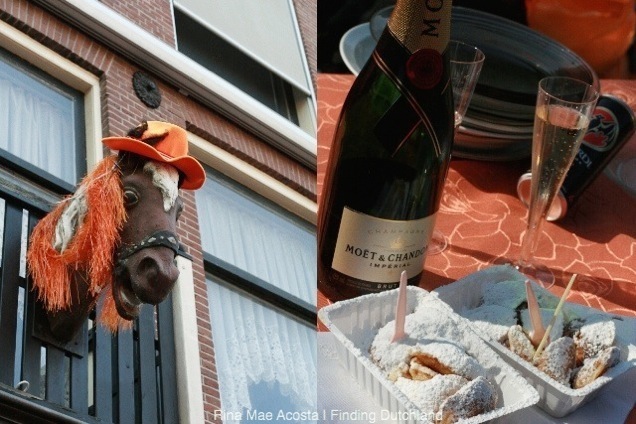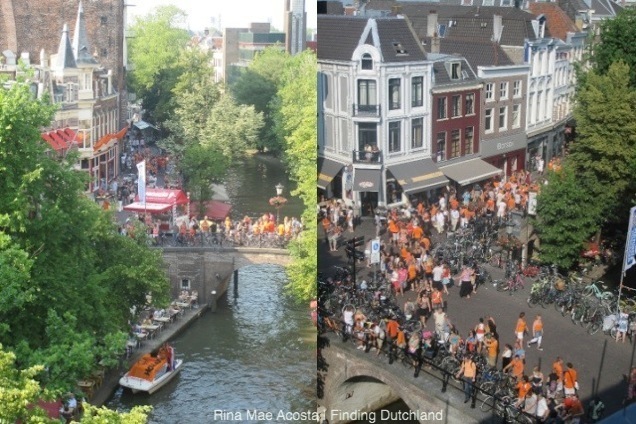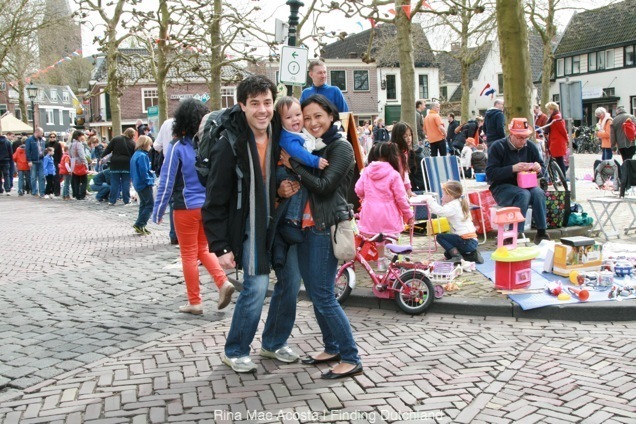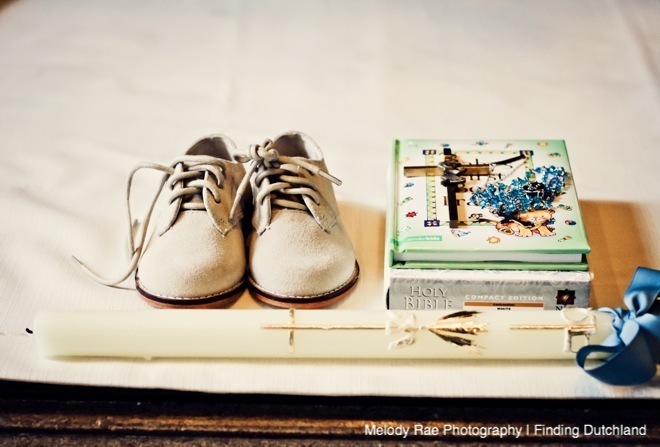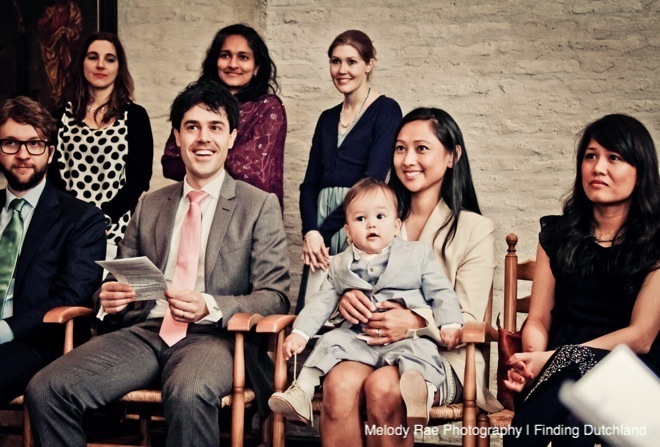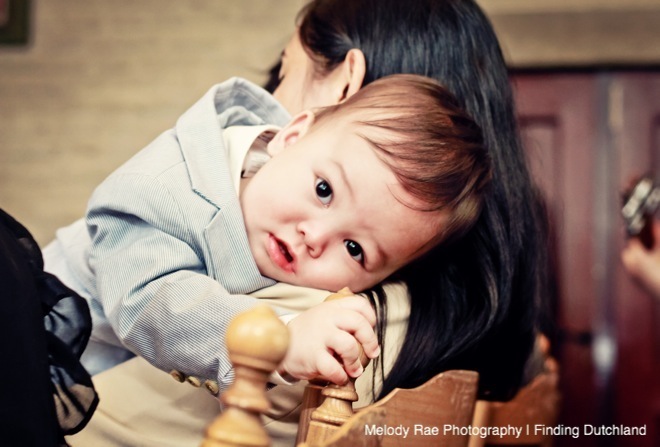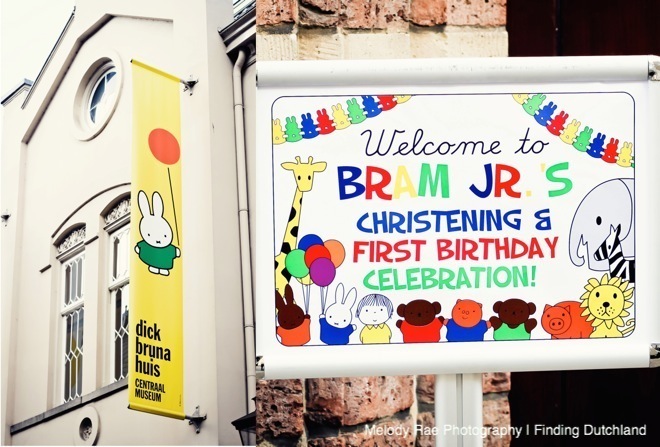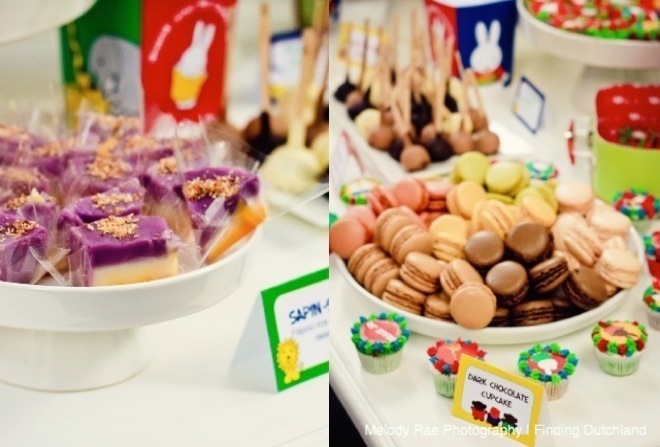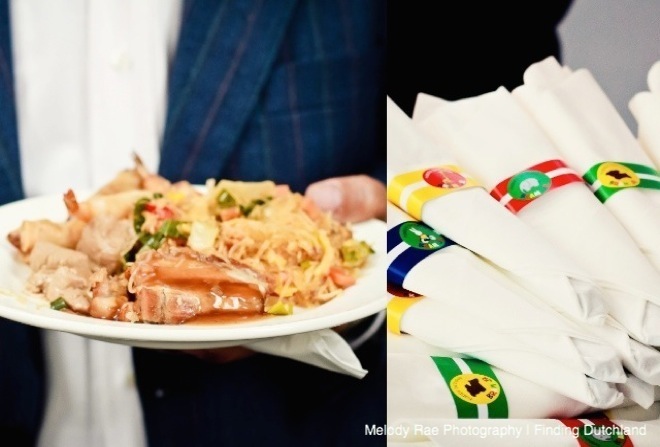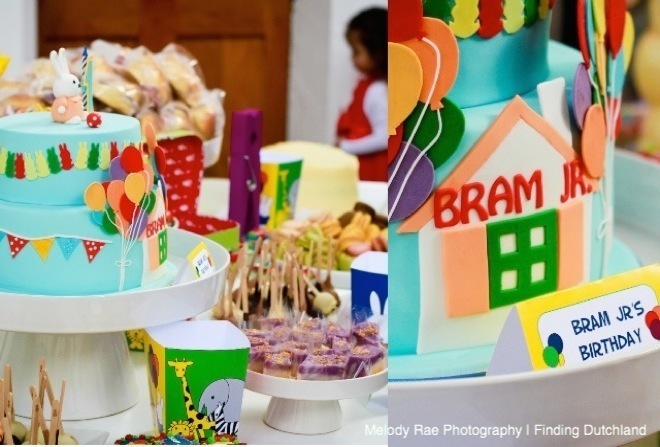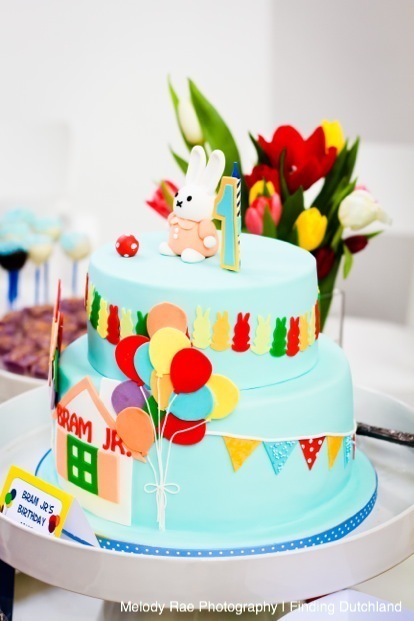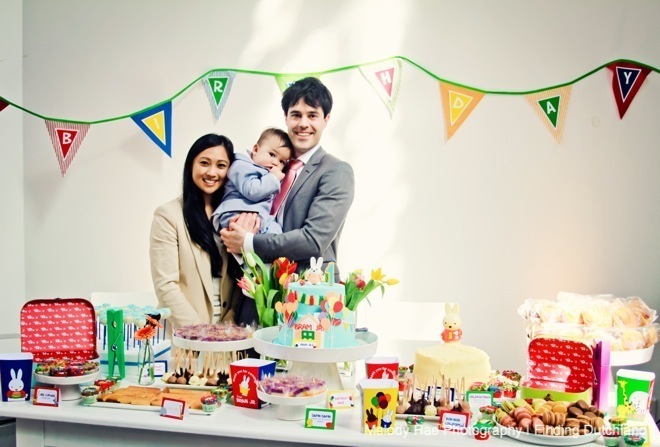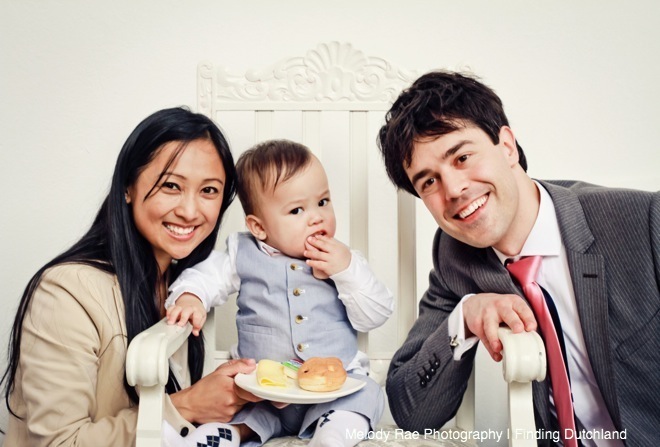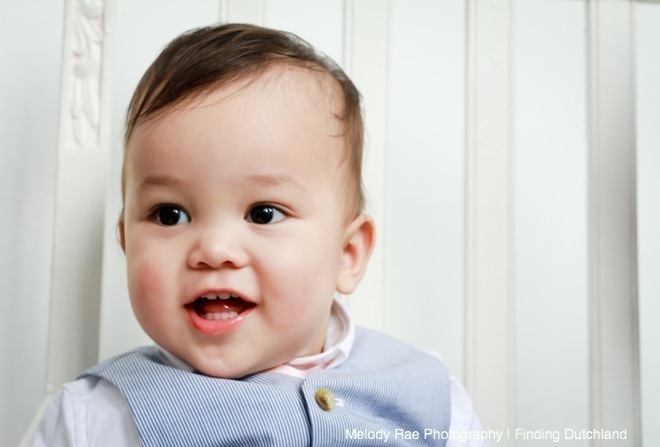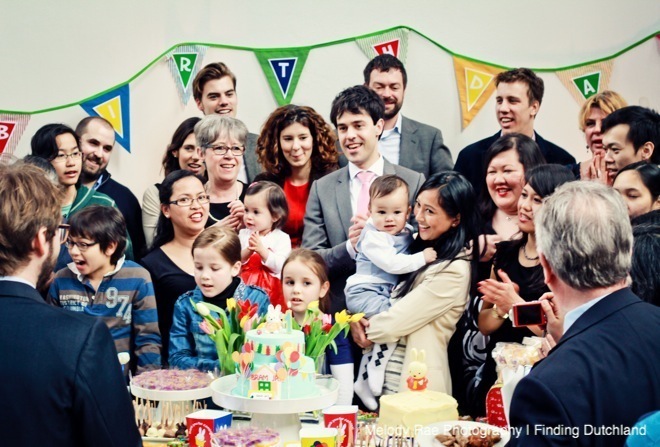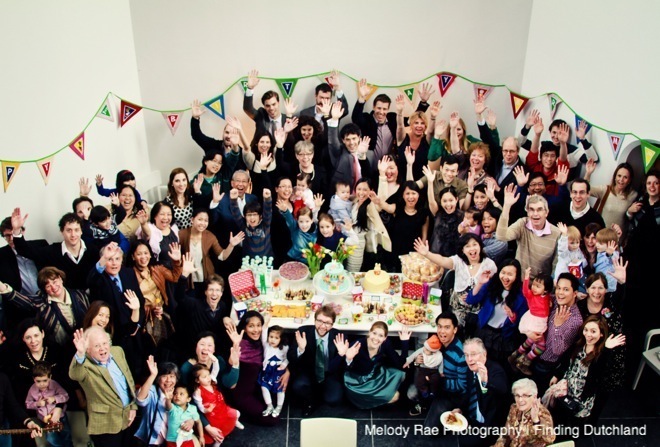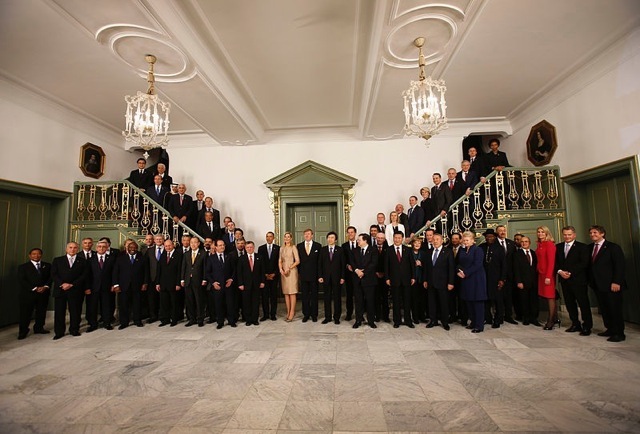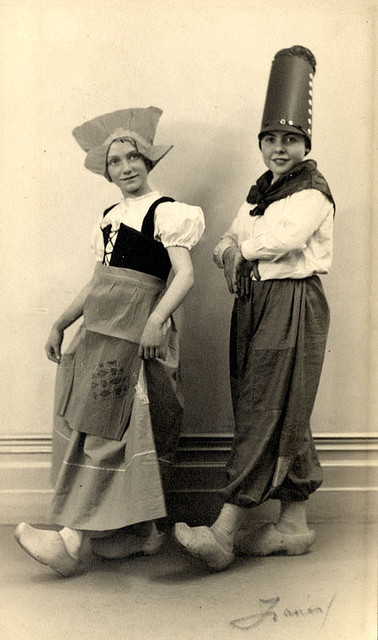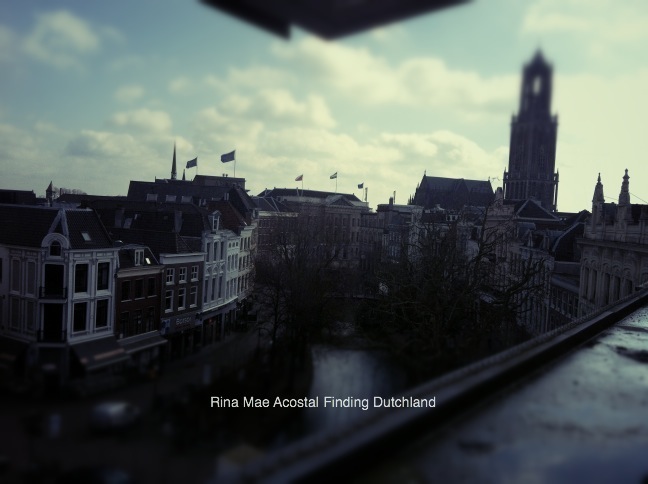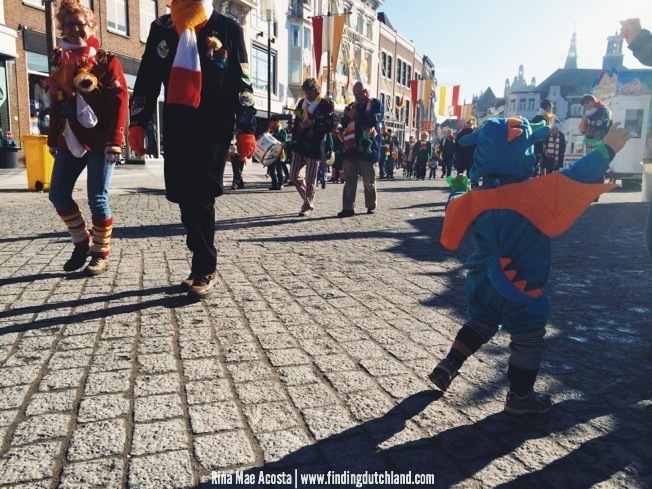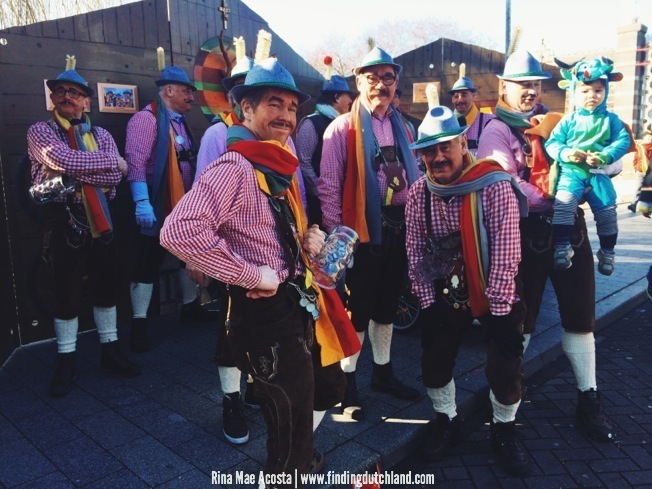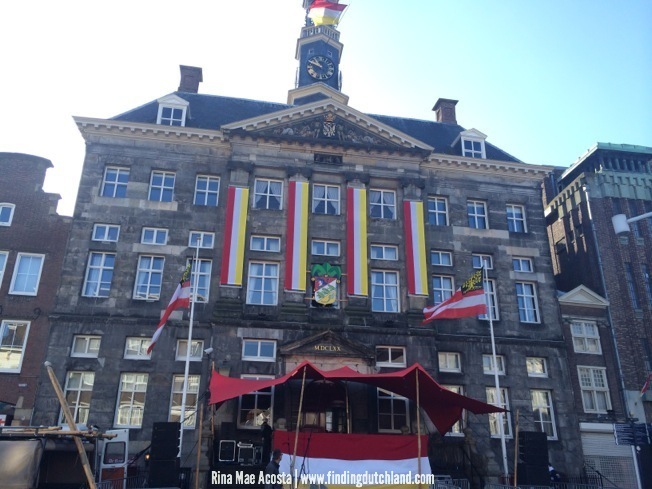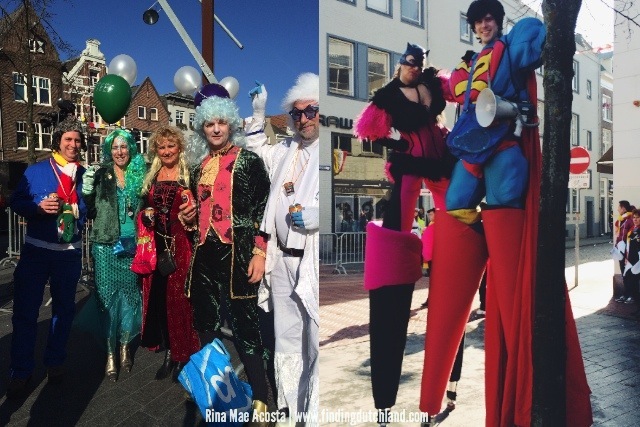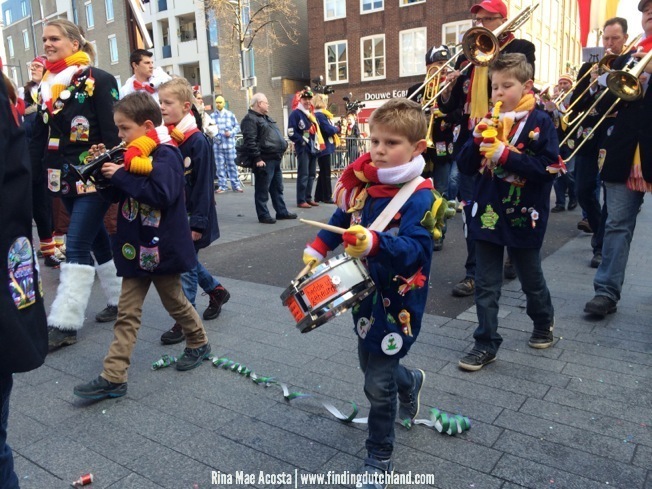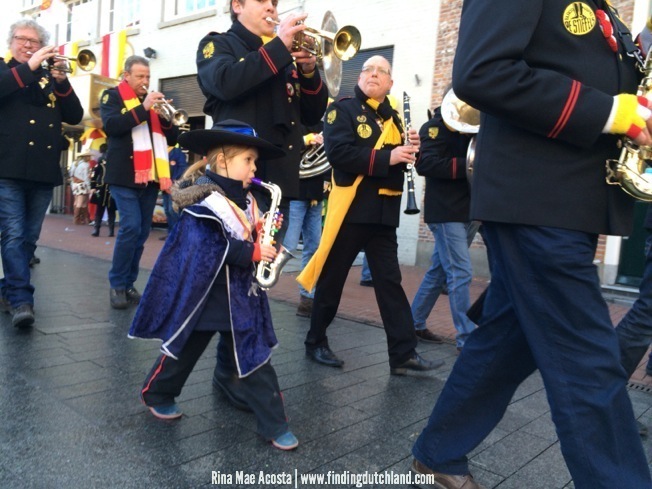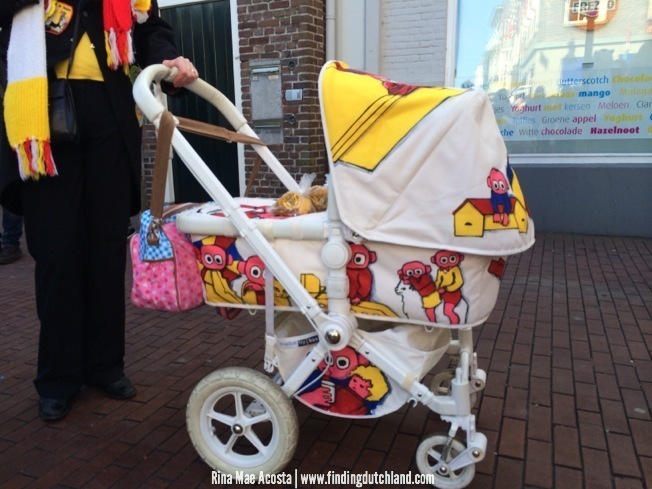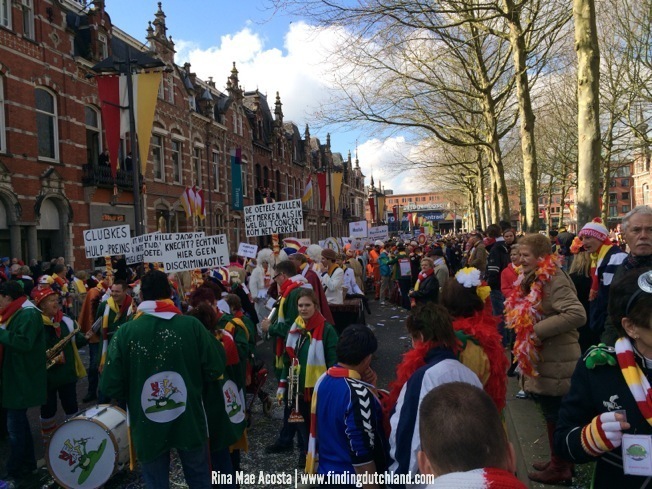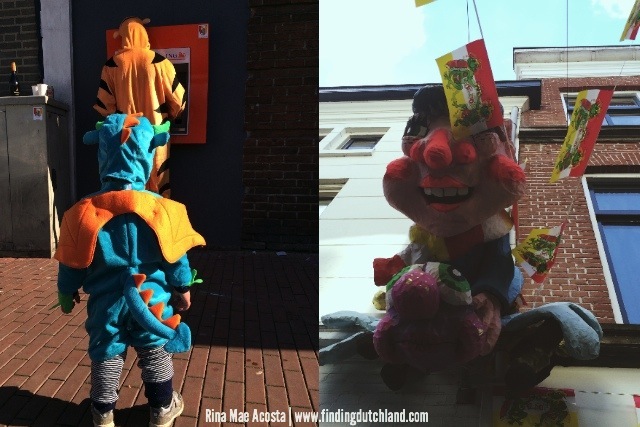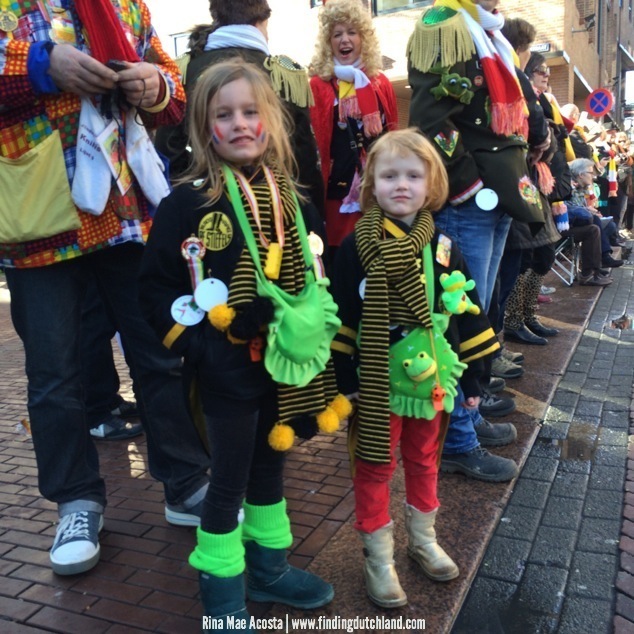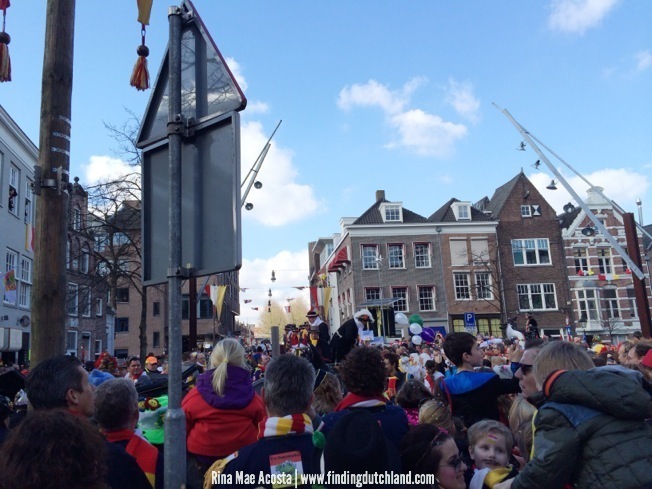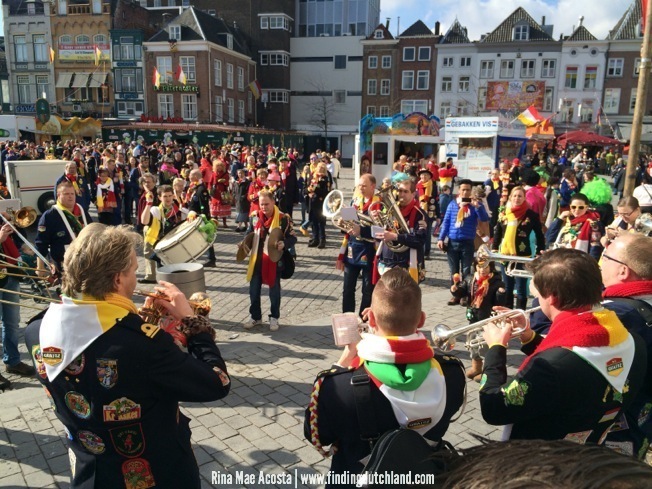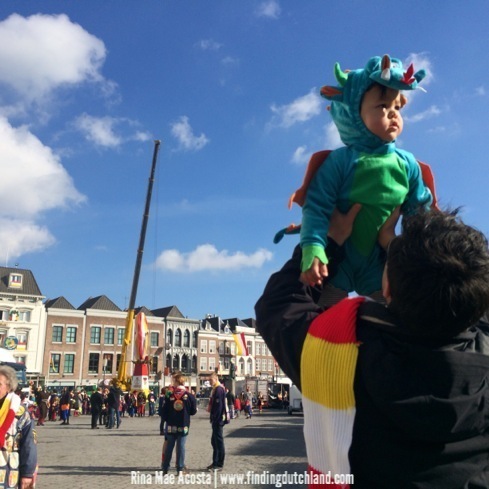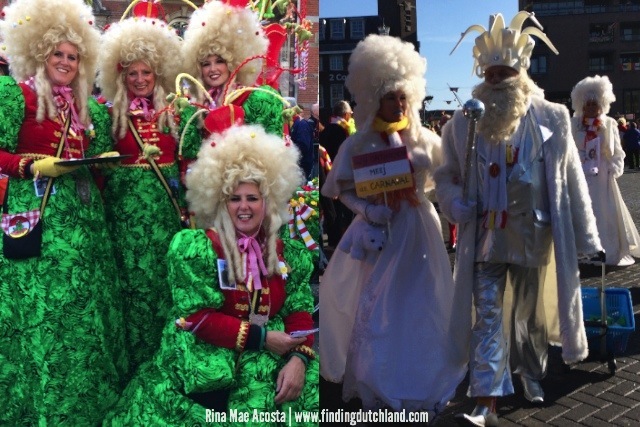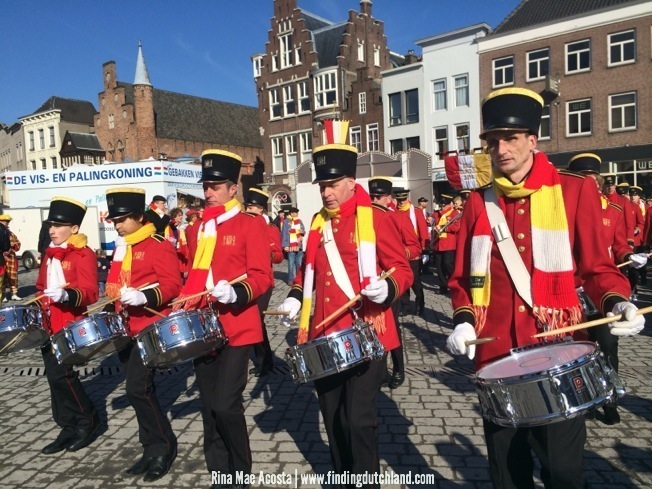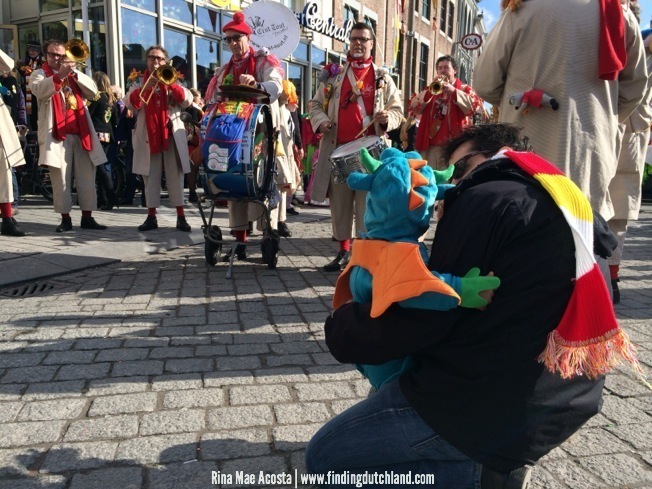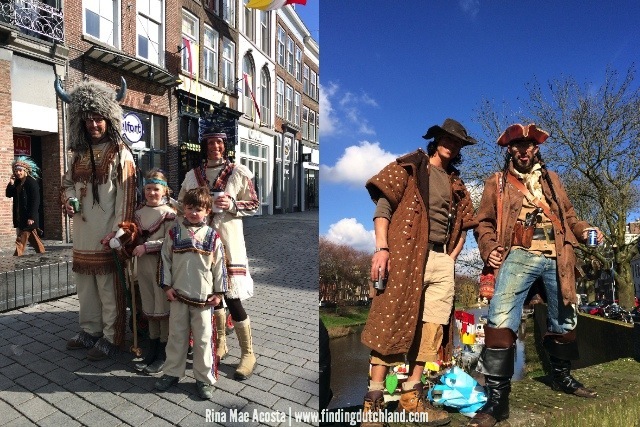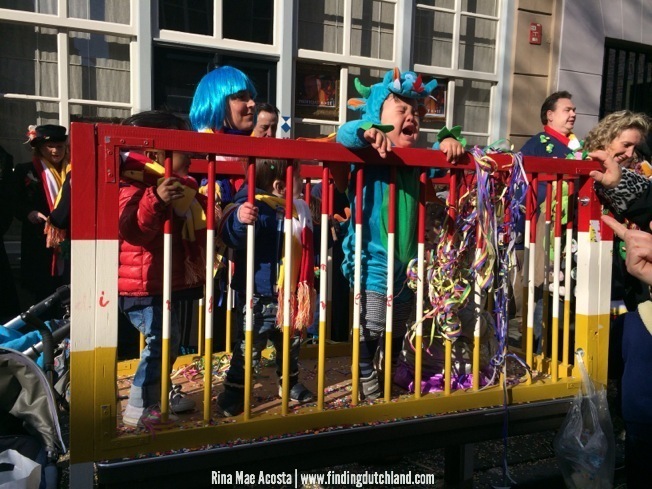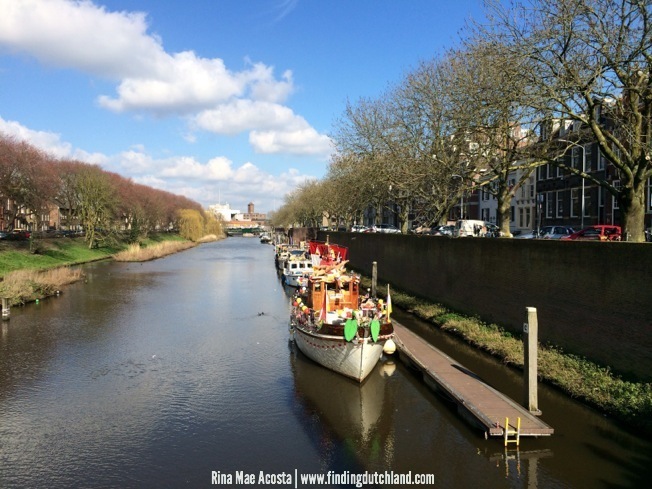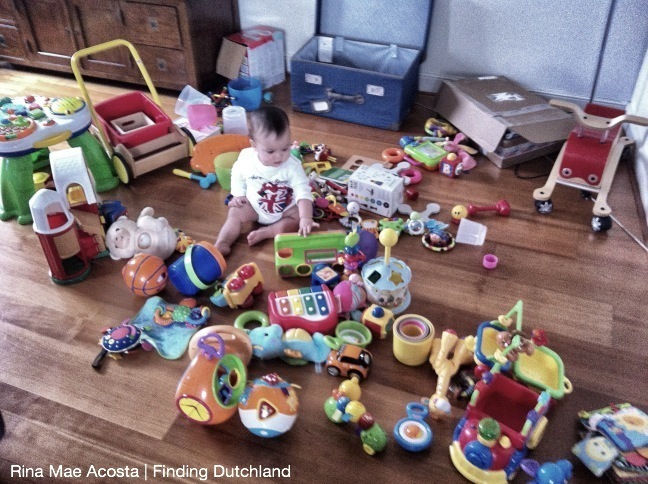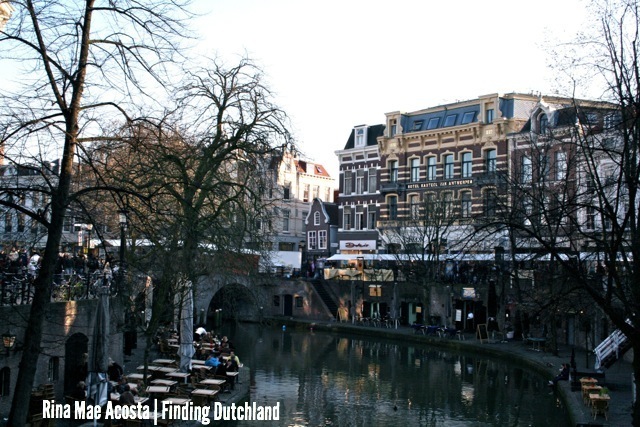
Contrary to popular belief, the most beautiful canal city in all of Europe is not Venice, Amsterdam, Saint Petersburg, Annecy, Hamburg or Bruges. Rather, according to Berlin-based travel search engine GoEuro, the honor is bestowed upon our very own city of Utrecht.
In what appears to be a democratic process of voting, the canals of Utrecht have won the hearts of voters around the world. This is an incredible honor for a Dutch city that has remained virtually obscure, especially in comparison to mesmerizing, world-renowned Venice and the more internationally acclaimed sister, Amsterdam.
I’ve often been snubbed (on more than one occasion) by other expats (mainly from Amsterdam and Americans) when they learned that I lived in Utrecht. I don’t blame them. After all, it takes a certain je ne sais quoi to recognize the gem of a city that Utrecht is. To be able to appreciate Utrecht, arguably a genuine hipster’s paradise, you need to embrace independent thinking, creativity, progressive politics, and hundreds of years of history – preferably with a Dutched state of mind. Most importantly, Utrecht attracts only those who yearn to go off-the-beaten path.
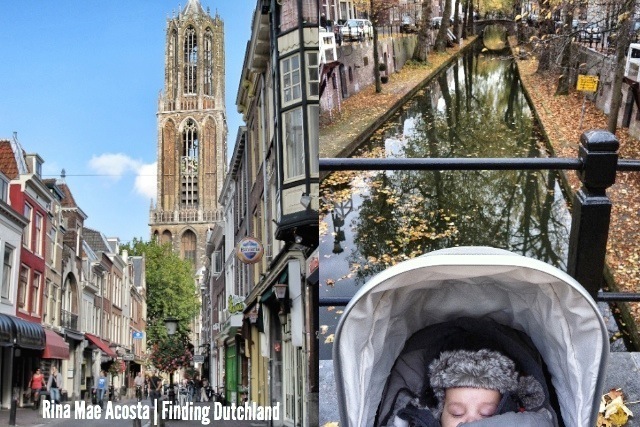
For the culturally-sheltered mainstream tourist, Utrecht will appear a bit too far (35 kilometers away from Amsterdam) and too unknown (who’s ever heard of Utrecht?). And with all the accolades that Utrecht has been receiving through the years and yet still remains in the limelight, I have a sneaking suspicion that the locals would actually prefer to keep tourists away. After all, part of Utrecht’s charm is that it’s the best kept secret of the Netherlands. Utrecht for the Utrechters some might say.
So please forgive me for joining the bandwagon of publicly recognizing Utrecht as a wonderful place on my little space on the internet. Since I’m a firm believer in appreciating not only the aesthetic beauty of the canals of Utrecht and yearning beyond the superficial, I would like to further elaborate why Utrecht is awesome:
1. Utrecht is awesome because it is the only inner-city canal in the world to have wharfs.
As mentioned by GoEuro and my Dutch husband (as local as you can get), Utrecht’s canals are one of a kind in the world with its wharfs and wharf cellars. Back in the Middle Ages (circa 12th century) when the main flow of the river Rhine moved south, parts of the old river bed were dug out to create the Old Canal (De Oudegracht) and wharfs were added to create an inner city harbour system. Clearly a direct example of Dutch ingenuity, boats were able to directly dock and unload their cargo onto the wharfs lining the canal. The wharf cellars had pedestrian walkways and provided storage at water level, hence creating a unique two-level street system along the canals. While Utrecht may no longer be an important trade center, the unique wharfs of Utrecht now dotted with restaurants, craft shops, cafés and boutique still hold tribute to its former glory and significance.
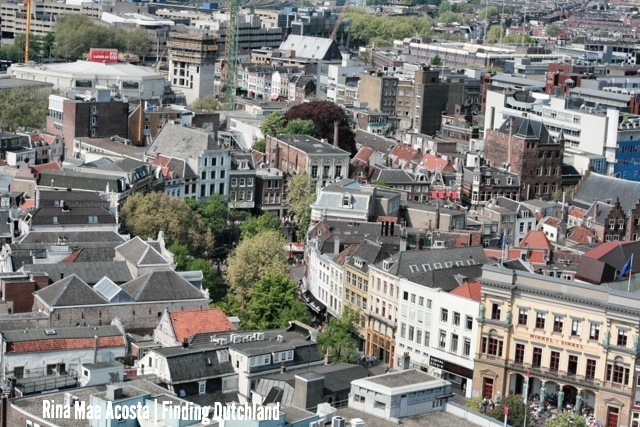
2. Utrecht is awesome because it embodies the European café and restaurant terrace culture.
If you want to experience an authentic, genuine Dutch city, head over to Utrecht. Thanks to its canal wharfs and various squares serving as restaurants, bars and cafés, Utrecht has arguably one of the largest outdoor terraces in Europe. An added bonus is that it’s a car free pedestrian zone albeit everyone should be on the lookout for cyclists.
3. Utrecht is awesome because it is quintessentially Dutch.
If you want to get a genuine, unadulterated impression of the Netherlands, you’re seriously wasting your time in Amsterdam. Amsterdam is an enchanting, international city, complete with a strong expat bubble community, but it fails to represent what the Netherlands is all about. Utrecht will definitely show you what it is like to live in a bustling Dutch city, complete with a lasting accurate impression of the Dutch culinary scene, how the Dutch translate customer service and hospitality, and other Dutch pleasantries. Guaranteed you’re in for an experience, especially if you take advantage of the wharf terraces that can’t be found anywhere else in the world (not even Amsterdam).
4. Utrecht is awesome because it is one of the happiest places in the world.
According to BBC travel, Utrecht is the fourth happiest place in the world. Utrecht provides all the big city amenities while still maintaining a provincial, small town vibe. For happy-obsessed Americans, it might be worth visiting Utrecht to see what true happiness looks like.
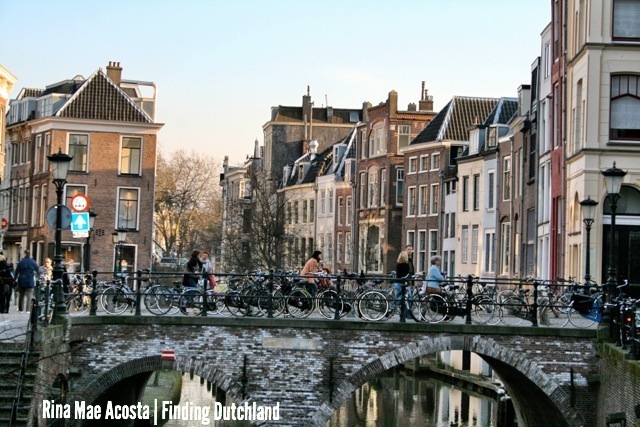
5. Utrecht is awesome because it has Hoog Catharijne.
One of the largest indoor malls in The Netherlands, Hoog Catharijne houses over 150 stores. It is connected to Utrecht Central Station, making the city easily accessible to the rest of the country, Europe and the rest of the world via Schiphol. And it is usually the first impression a tourist gets when they venture into Utrecht. Whether or not that is a positive first impression depends on who you ask.
Hoog Catharijne serves as a litmus test as to whether or not you are a genuine Utrechtser. If you loathe Hoog Catharijne, than welcome to the club of Utrechters who vehemently despise the monstrosity. If you actually enjoy visiting the mall, then chances are you might be a foreigner and/or an outsider. On the positive note, Hoog Catherijne works to filter out the nearby villagers and foot traffic streaming into the city. It also provides a welcomed, consumer-driven distraction for those who are less inclined to appreciate the cultural aspects of Utrecht.
6. Utrecht is awesome because you just need one day to navigate the city center by foot with your eyes towards the Dom tower.
Part of Utrecht’s charm is that the city center is actually quaint, especially in comparison to other world cities. Initially designed and preserved as a Medieval fortified city, the heart of the Utrecht is enclosed by an inner canal ring that is a little less than 6 kilometers around. You’ll naturally gravitate towards the Dom Tower, the tallest church tower in the Netherlands and the reigning symbol of Utrecht.
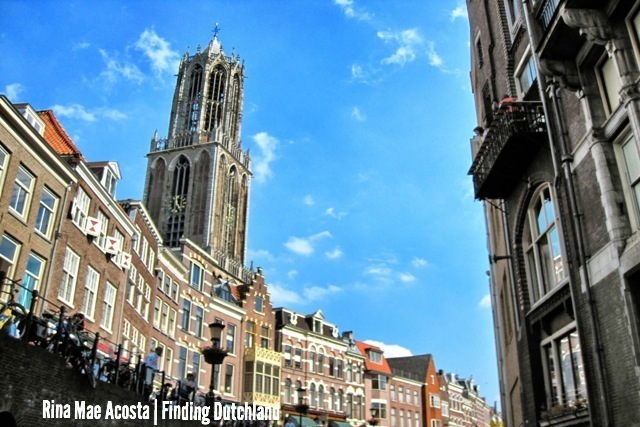
7. Utrecht is awesome because it masterfully relishes in the old world beauty that inspired the Dutch masters while gently embracing the beauty of its present.
Utrecht thrives not only in the aesthetic beauty of its canals and stately buildings, but also in her artists, poets, musicians, writers and anyone else who possess an artistic spirit. Utrecht is a slice of bohemia, a haven for everyone and anyone that wants to call her home- free thinkers, philosophers, wanderers, conservatives, and entrepreneurs.
To fall in love with Utrecht is to fall in love with life, its possibilities and all the different hidden and unexpected treasures that await you. I hope you’ll consider visiting Utrecht, one of the world’s unsung heroes.
Insider tips when visiting Utrecht:
1. Visit Utrecht on a Sunday morning, preferably before 9:00am.
Since the Netherlands is the part-time work champion of Europe, visiting Utrecht during a weekday may not guarantee avoiding the crowds. After all, since a lot of people work part-time chances are that the terraces will be filled with people, especially if there is a remote possibility of sunshine. The most ideal time of visiting the canals of Utrecht would be on a Sunday morning before 9:00 am when the rest of the city is still sleeping in from a night out. Once you’re done strolling around the canals and taken the requisite photos, terrace cafés will be opened.
2. Contrary to popular belief, the best place to get a panoramic view of Utrecht is not climbing the Dom Tower but at the V&D Department store in the East side of Hoog Catharijne. Located at the top floor of V&D is La Place café, a glass covered cafeteria style eating establishment offering sweeping views of the city. Plus, it saves those who are less physically inclined a trip up the 465 steps of the tallest church tower in the Netherlands. Out of politeness, grab yourself a cup of coffee and take in the views.
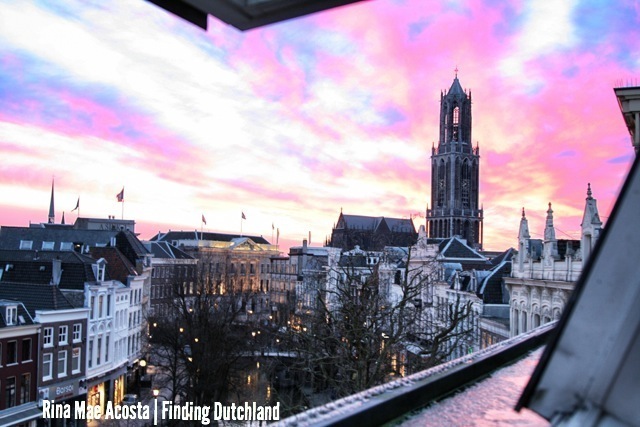
p.s. Care to waste more time on the internet? Come join me on my Facebook page. I promise I won’t get too annoying.
p.p.s. You can also follow me on Instagram, capturing random moments of my Dutched reality.
